A pH transmitter has a calibrated range of 4 pH to 10 pH, with a 4-20 mA output signal. Calculate the pH sensed by the transmitter if its output signal is 11.3 mA.
We are solving this problem using standard 4-20mA conversion Formula. Click here for formula
First, we will set up a linear equation describing this transmitter’s function:
Note how we are free to set up 4-20 mA as the independent variable (x axis) and the pH as the dependent variable (y axis). We could arrange current on the y axis and the process measurement on the x axis as before, but this would force us to manipulate the linear equation to solve for x.
Calculating and substituting the slope (m) value for this equation, using the full rise-over-run of the linear function:
We can also solve the problem using direct formula. Click here for formula
Articles You May Like :
Pressure Transmitter Calculations
Relationship of PV, LRV and URV
Temperature Coefficient of RTD
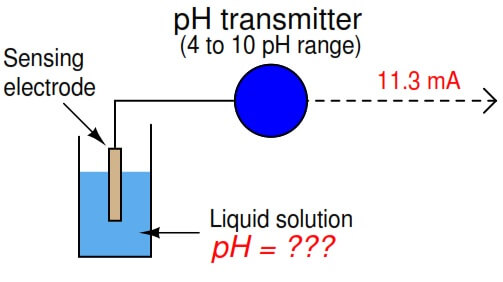


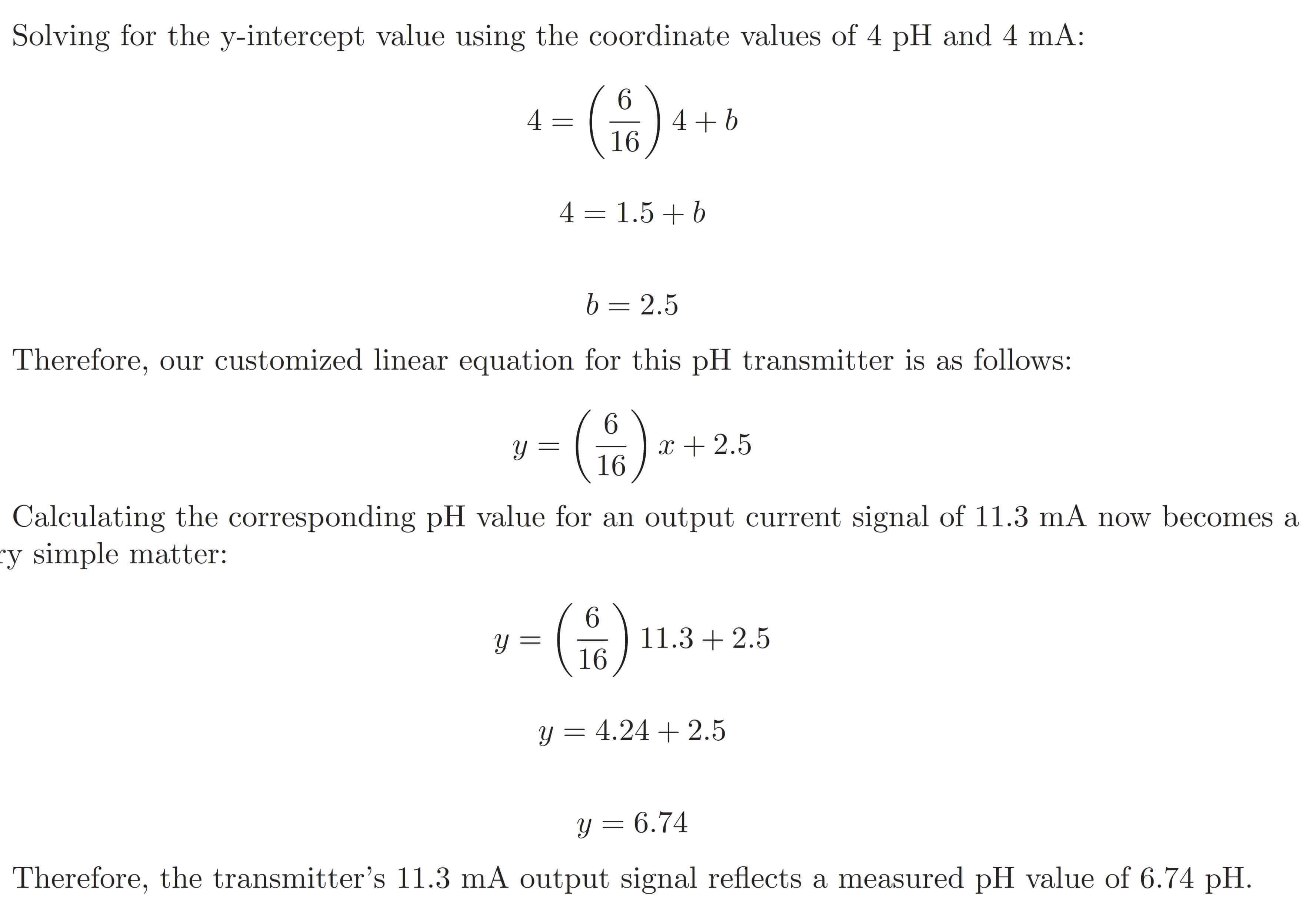

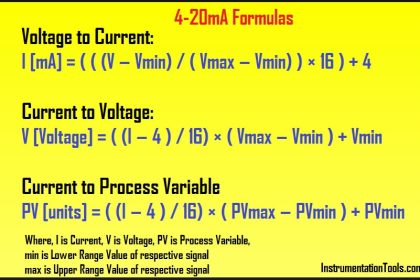
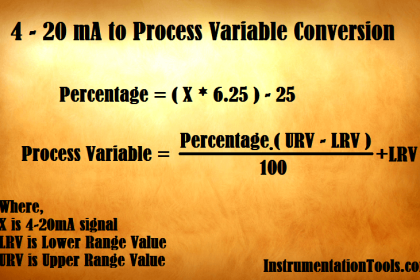

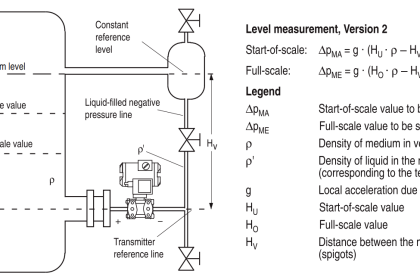

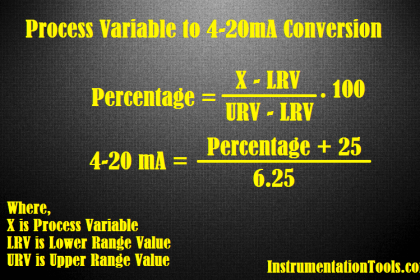
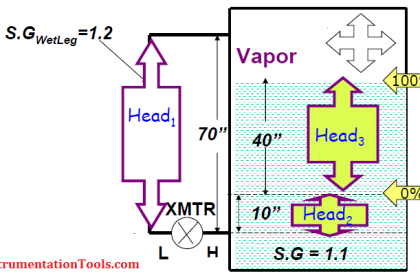
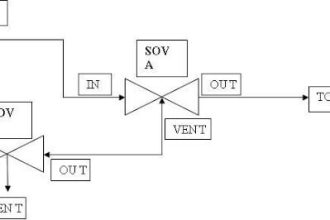
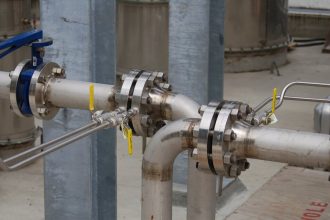
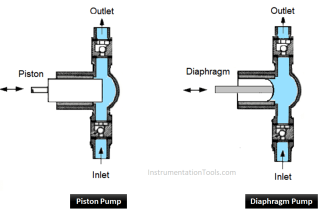

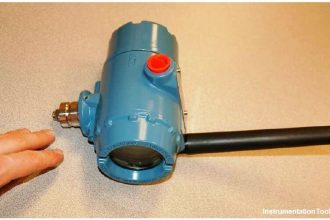
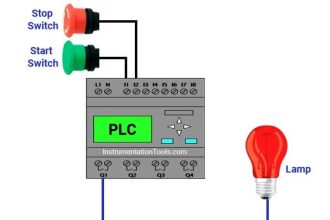


Very useful
hi…..
I want good textbook for instrumentation calculation or the good reference for the mentioned calculation